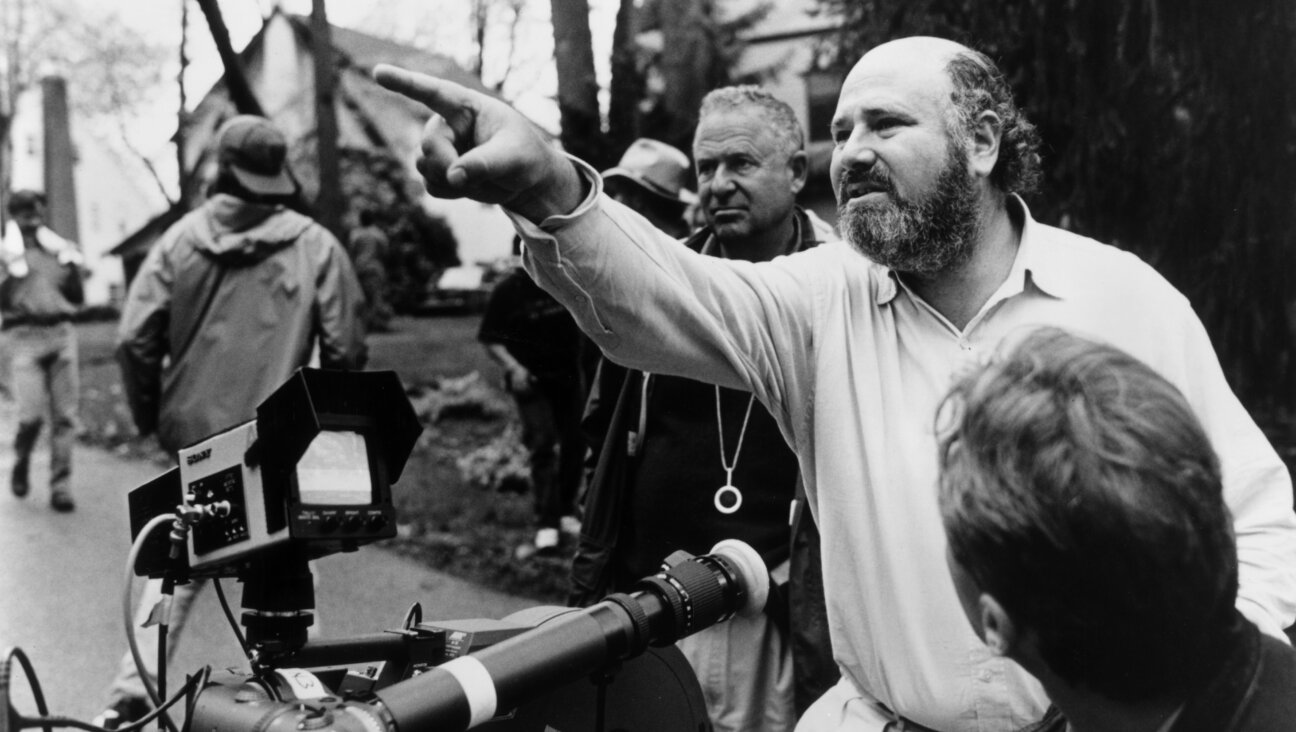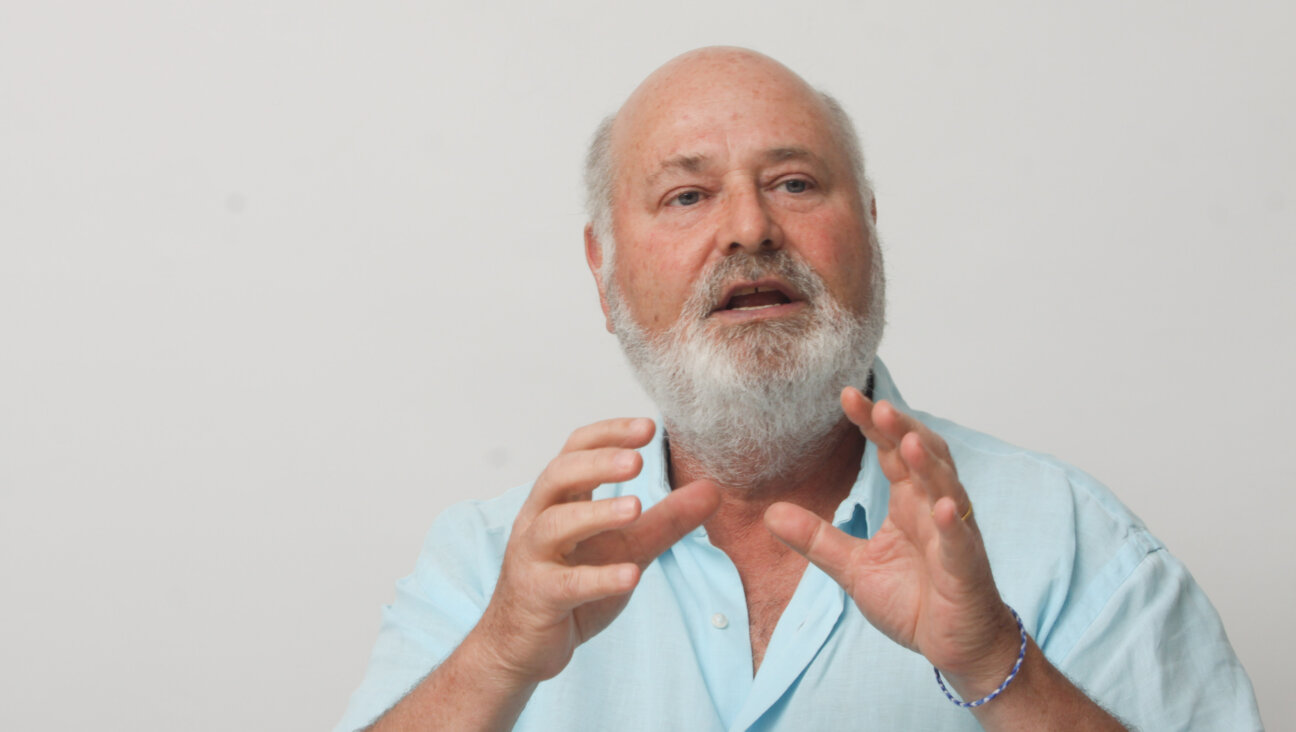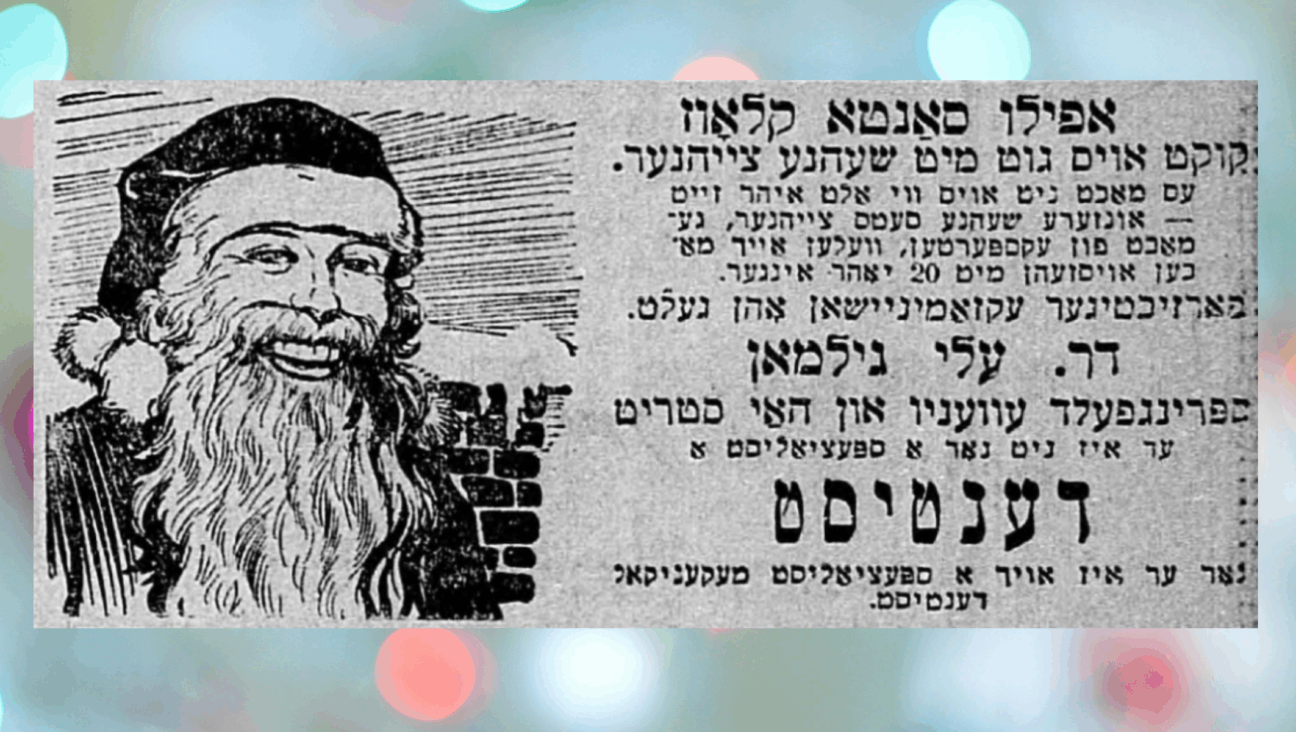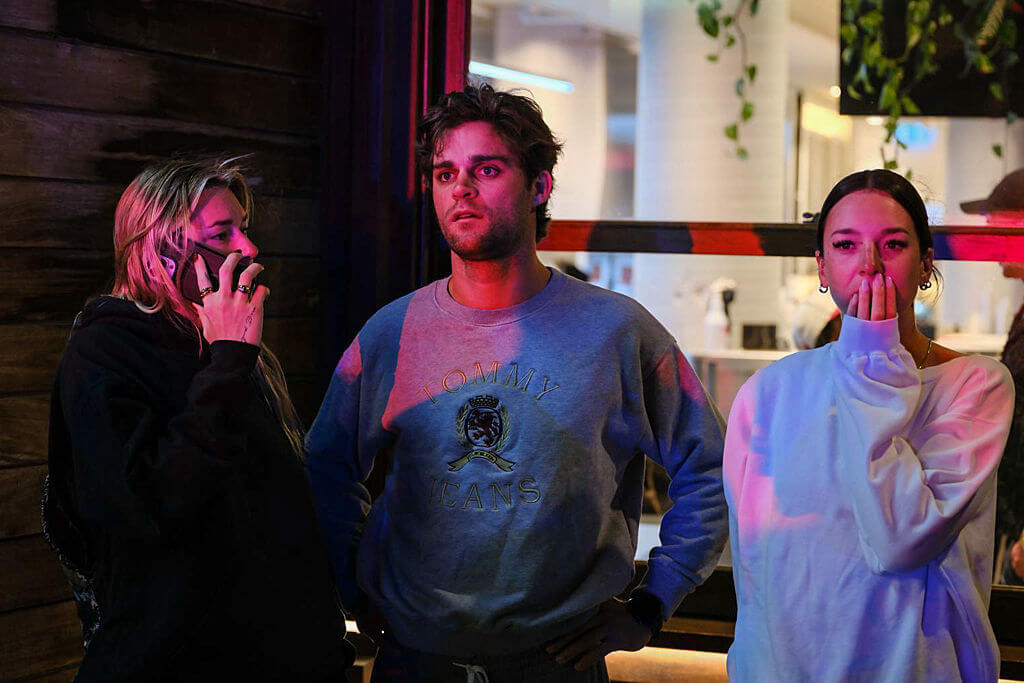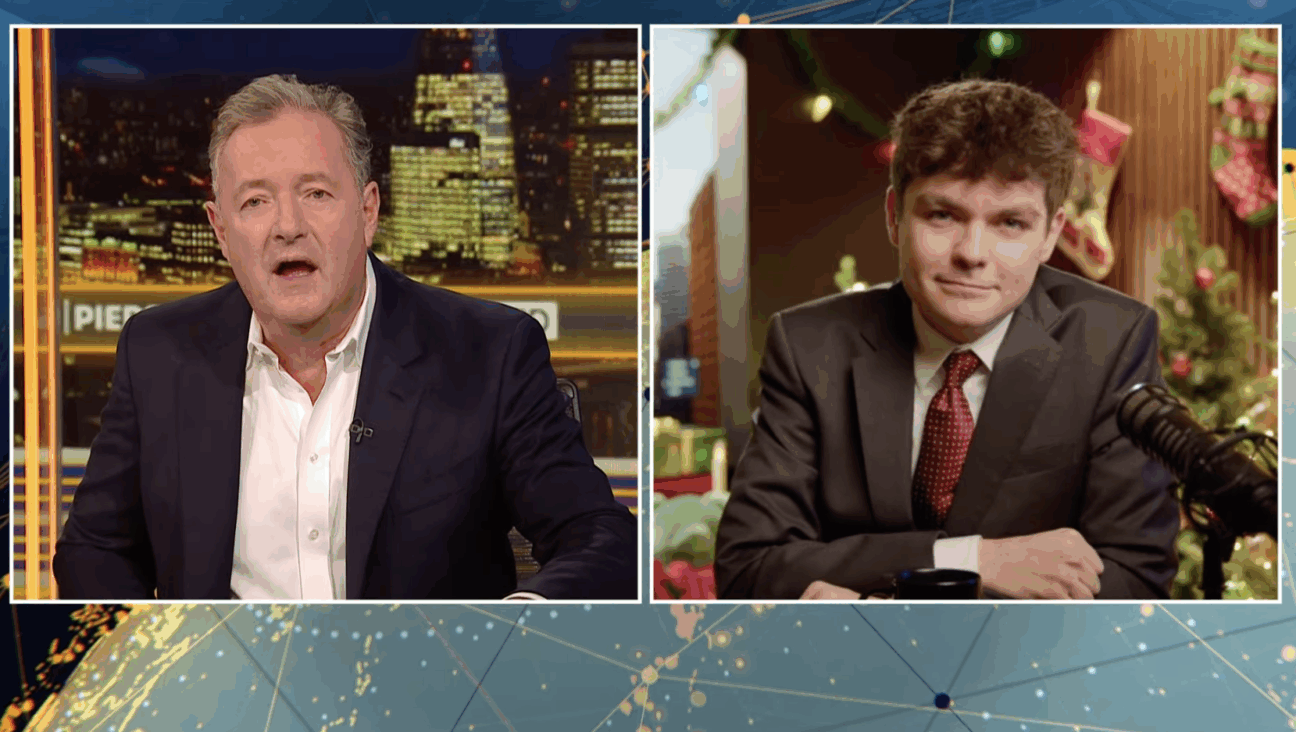Ben Stiller wants you to meet his parents
In ‘Stiller & Meara: Nothing is Lost,’ the filmmaker has his L’dor V’dor moment
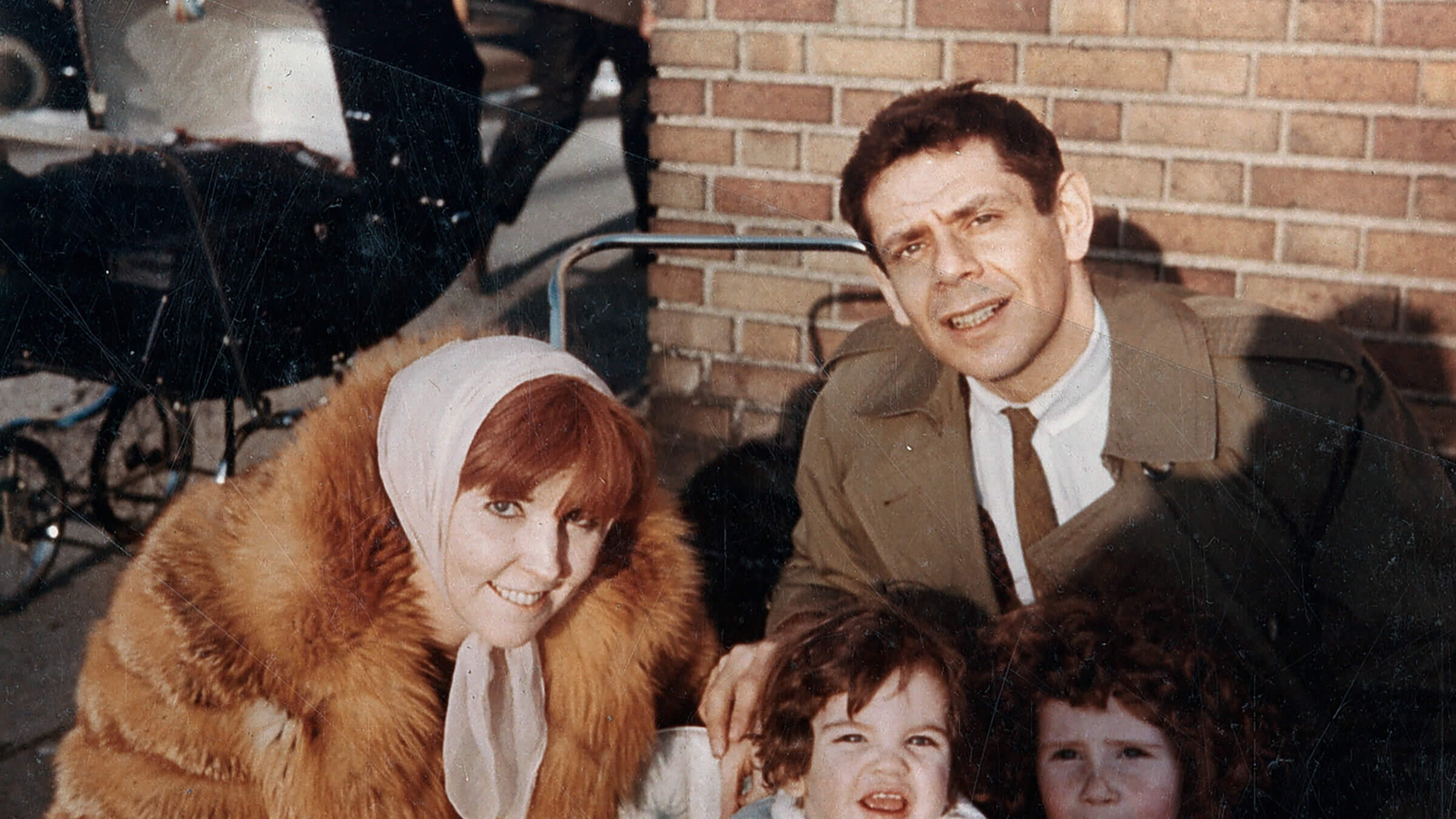
Anne Mear, Jerry Stiller and Amy and Ben Stiller in an archival image from the 1960s. Courtesy of Apple TV+
A few years back, when nepo baby discourse was at its most heated, actor-director Ben Stiller emerged as an elder voice of reason.
“Untalented people don’t really last if they get a break because of who they are or know or are related to,” Stiller tweeted to The Black List founder Franklin Leonard, who was opining on “Let Me Go (The Right Way),” a short film whose creative team included the progeny of Steven Spielberg, Stephen King and Sean Penn. Access is access, Stiller conceded, but the children of celebrities face their own challenges.
If one needed further proof, they might look to an early pan of The Ben Stiller Show knocking him for his pedigree, among the many pieces of ephemera kept by Stiller’s father, Jerry. Or to the cassette tapes in which Jerry confronted his wife and comedy partner, Anne Meara, about her drinking, All of it was stored in a kind of archive at the Stillers’ apartment on Riverside Drive. Ben digs through those bankers boxes and scrapbooks in a new documentary, Stiller & Meara: Nothing is Lost.
The subtitle is a nod to a line from one of Meara’s plays, After-Play and an audio recording where Jerry tells his father, Willie, that a tape recorder would preserve his voice forever. Taken with Jerry’s packratting — he kept everything — it’s named for a theme of L’dor V’dor. Nothing is lost from generation to generation. Talent may pass down, but so too do the mistakes our parents make.
It was, Ben admits, an inherited impulse that drove him to bring a camera to the family apartment after Jerry’s death in 2020, at the age of 92. Jerry was an inveterate home moviemaker with his Super-8, paving the way for his son’s ambition to direct. Shooting the home as he and his sister, actor Amy Stiller, prepared it for sale, Ben tells his parents’ love story while meditating on his own family life.
Letters to Anne from Jerry show an early marriage divided by the itinerant gigs of theater folk, a reality that was only resolved when Jerry decided they should form a comedy duo. Anne, wanting to be a serious actor, at first resisted, but the routines — which they’d improvise into a tape recorder — helped to launch their careers.
Their repeat appearances on The Ed Sullivan Show made them famous, and they solidified their act by drawing from their backgrounds, debuting the alter egos, the couple Hershey Horowitz and Mary Elizabeth Doyle. They did the Irish-Jewish thing years before Bridget Loves Bernie — and with an actual Jew, unlike the Irish Catholic irl David Birney. In their sketches they swap admiration over their respective culture — reduced to planting trees in Israel and Notre Dame football — though in reality Meara had converted to Judaism. (Sullivan, married to a Jewish gal, is said to have teared up.)
Ben follows in their footsteps at the Ed Sullivan Theatre, when he’s there as a guest on Colbert for directing Severance. Sullivan’s show was high stakes, he reflects, and his mother would handle the stress by drinking.
While Anne had an ease in her performance and flair for comedy, we learn that Jerry drilled his lines — he was both a perfectionist and perhaps a little less than a natural. While Anne got fulfillment from life outside of acting, Jerry needed to perform and to be loved, but was most devoted to Anne. When their careers became solo acts, their marriage grew stronger.
Ben considers his parents’ upbringing as a way to understand his own. Anne’s alcoholism is linked to unresolved trauma from her mother’s suicide; on a piece of writing Ben finds in the apartment, Anne describes how her mother “turned on the gas and inhaled eternity.”
Jerry’s working-class parents loved Jack Benny and George Burns, but didn’t support his ambition to become an actor. Anne thought it may have come from an urge to shield him from rejection. Willie’s thwarted desire to act is attested to in an interview Jerry taped with him, showing the project of this film isn’t exactly new for the family.
When it came to Ben and Amy, Jerry wanted them to find another path, for the same reason. (Jerry, as has been noted elsewhere, couldn’t have been more different as a father than Seinfeld’s Frank Costanza — he was the type to nurse Ben through a bad LSD trip or drive to his camp when he was homesick.)
The siblings recall their latchkey childhood, when their parents were on tour, and speaking to his own children Ben realizes he repeated this absence while making efforts not to. When he began working with his wife, actor Christine Taylor, he feared some of the same frictions his parents suffered would emerge, and when they were separated, he felt like a failure given their resilience.
In the process of making the film, during COVID, the couple reconciled.
Nothing is Lost is a tender tribute that finds its poetry in between generations. A match cut of a home movie of young Ben (Benjy) to one of his sons, Quin, shows symmetry right down to the same missing baby teeth. It’s graceful when tackling the tough question of the advantages Ben may have gained.
Ben said he wanted, in his early career, to distance himself from them. But as Taylor notes, he used one or both of his parents in just about all of his work.
“Because I wasn’t stupid, they were funny,” Stiller reasons.
It runs in the family.
Ben Stiller’s Stiller and Meara: Nothing is Lost is playing in select theaters Oct. 17. It debuts on Apple TV+ Oct. 24.

